While dog bites can happen for many reasons, fear aggression is a common concern. Just like humans, dogs can inherit a tendency to be anxious, and the dog's environment, life experience, and breed tendencies also play a role. That can lead to scared puppies as well as adult dogs, that react with aggression to frightening events.
Poor socialization increases the potential for many kinds of aggression and other behavioral problems later in life. Puppies who did not have adequate exposure to other dogs and to common experiences in their environment including noises, different kinds of people (including children), and situations (car rides, veterinary visits, etc) may become fearful of some or all of these situations. The window for socialization in puppies is fairly short—usually between 8-14 weeks of age, but it may vary by a few weeks for different dogs. After that window closes, it takes more training and positive reinforcement to help dogs become desensitized to scary experiences.
When dogs fear something, it triggers the instinctive “fight or flight” response. Different dogs react differently to fear, and while some may try to run away, hide, or freeze, others may growl, bark and/or bite. Fear biters think they must fight their way out of the situation, and become so panicked they aren’t able to think in a reasonable manner. When their aggressive behavior makes the scary “thing” go away, the dog learns that acting aggressively works and uses it time after time.
Fear aggression can escalate and become more intense over time. Sometimes owners don't recognize the early warning signs of fear in their dog, and as a result, the dog's behavior intensifies if the scary thing is still present. Punishing them with harsh physical or verbal reprimands will make the behavior worse as well because if they are punished for expressing more subtle signs, such as growling, they may stop growling but escalate to a more serious behavior such as biting.
Signs of Fear Aggression
Fearful dogs show displacement behaviors, such as licking or chewing themselves, sniffing, lip licking, and yawning. Common vocalizations include growls mixed with whines. Body language includes whale-eye—showing the whites of the eyes in an exaggerated sideways glance, shaking, lunging, or jumping on their owner.
Most normal dogs tolerate a fearful or unknown situation being one dog length and a half (their own length) away from them before feeling uncomfortable. A fearful pup’s sensitive distance may be much greater, and they may start to show signs of anxiety or aggression from much further away. As the scary situation gets closer, their behavior may intensify.
How to Treat Fear Aggression
Shy pups may always have problems feeling fearful and working to help them become more comfortable requires a number of techniques. Most importantly, if you notice signs of fear in your dog, you should consult a behaviorist right away. These problems are much easier to treat when they are caught early and before they escalate too much. It is very important to seek out a highly trained behaviorist so look for one who is a Certified Animal Behaviorist (CAAB or ACAAB) or a veterinary behaviorist certified by the American College of Veterinary Behavior (Dip ACVB). Your veterinarian may be able to help you find a local behaviorist and should work in conjunction with them to provide the most comprehensive approach for your pup. You can also learn to recognize and avoid situations likely to cause your dog to react with fear. Here are a few ways to diffuse the fear.
- Avoid the situations that induce fear and/or aggression in your dog as much as possible
- Don’t stare and ask visitors not to look at your dog if it is afraid of strangers or certain people. Strong eye contact signals dominance and intensifies the intimidation.
- Make note of the distance at which the scared pup becomes agitated, and stay beyond that range whenever possible.
- Never force your dog into a fearful situation. Always allow an escape route, For many fearful dogs, biting may be a last resort but will be more of a risk if they feel out of control and unable to escape.
- Avoid reaching for its collar or reaching down to pet its head. These actions may feel threatening and increase a dog's fear, which may prompt a bite. Instead, pet the pup on its sides or chest if you are able to safely approach it.
- Create a safe space away from noise, people, and other pets where your dog can go voluntarily, and/or be placed to avoid scary situations. Use lots of positive reinforcement to make the safe space enjoyable including toys, treats, calming pheromone diffusers, and dim lighting. If you anticipate a scary situation is coming up, let your dog get settled in its safe space beforehand.
- A behaviorist will recommend training techniques to address your dog's specific fears. Part of their technique may include using The Gentle Leader head halter and a basket muzzle to help with training while keeping your dog and everyone else safe. These tools must be used properly and your dog must be conditioned to wear them gradually so that it is a fun and stress-free experience.
- Calming additives, such as the Bach Flower essence Rescue Remedy, available at health food stores, can be a helpful supplement in combination with these other steps. Add several drops of the Rescue Remedy to the dog’s water. It won’t hurt if the other pets sip it too.
- Calming pheromones such as Comfort Zone DAP can help create a soothing environment for your dog. These can be purchased from pet product stores as a plug-in diffuser, or as a spray.
- In some cases, prescription medication may also be part of your dog's recommended treatment plan. This is always done in consultation with a behaviorist and veterinarian and must be part of a broader treatment plan that also includes training and changes to the environment. These medications are used to reduce your dog's anxiety level so they can get out of their fearful state and feel safe enough to focus and learn the new behaviors you want to teach them.


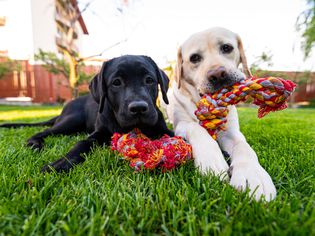

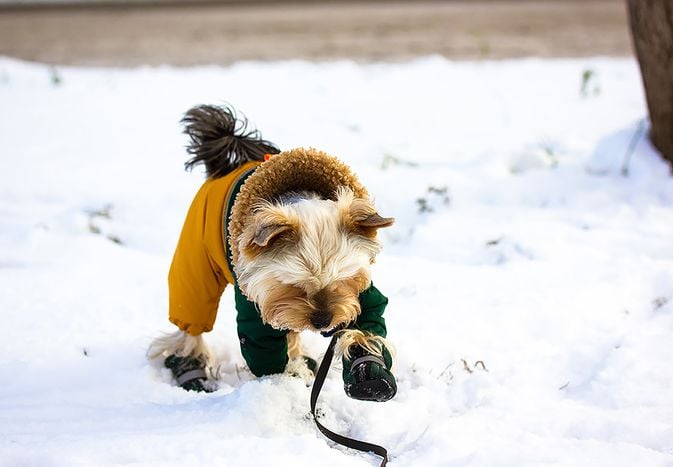
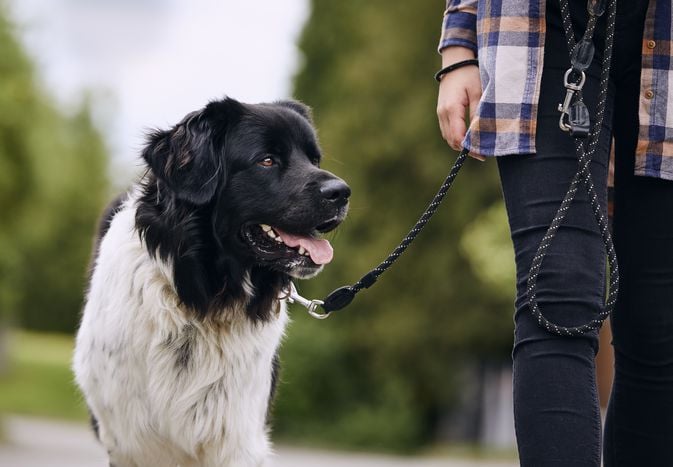


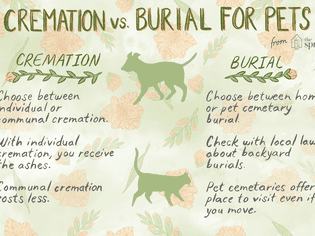
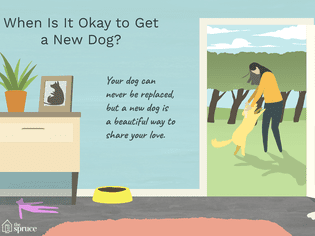
Comments on " Learn How to Prevent Fear Aggression in Dogs" :